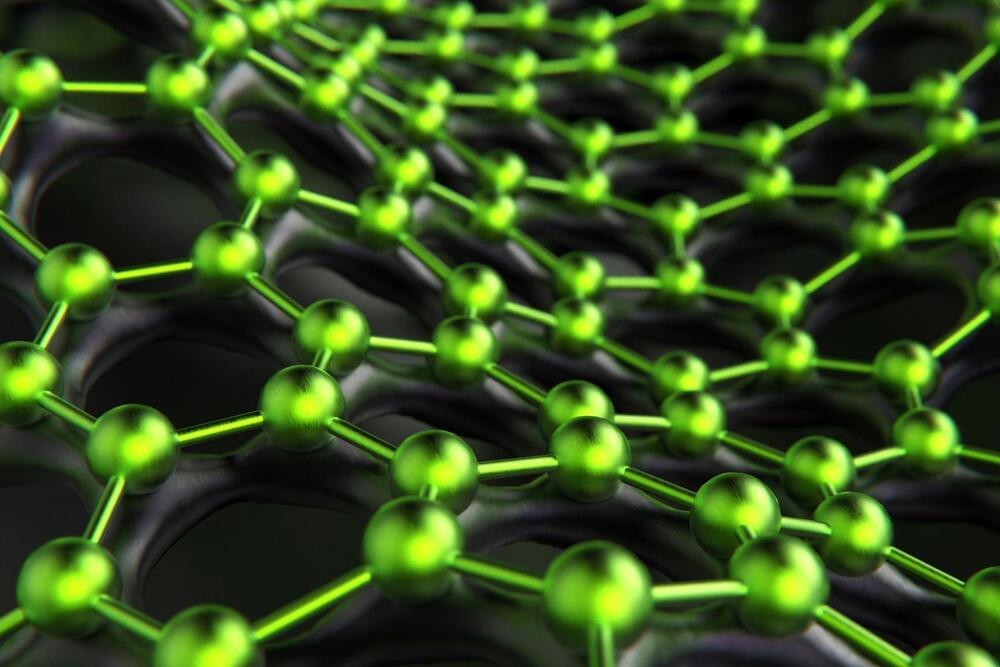Researchers describe how electrons move through two-dimensional layered graphene 0 findings that could lead to advances in the design of future quantum computing platforms.
New research published in Physical Review Letters describes how electrons move through two different configurations of bilayer graphene, the atomically-thin form of carbon. This study, the result of a collaboration between Brookhaven National Laboratory, the University of Pennsylvania, the University of New Hampshire, Stony Brook University, and Columbia University 0 provides insights that researchers could use to design more powerful and secure quantum computing platforms in the future.
“Today’s computer chips are based on our knowledge of how electrons move in semiconductors, specifically silicon,” says first and co-corresponding author Zhongwei Dai, a postdoc at Brookhaven. “But the physical properties of silicon are reaching a physical limit in terms of how small transistors can be made and how many can fit on a chip. If we can understand how electrons move at the small scale of a few nanometers in the reduced dimensions of 2-D materials, we may be able to unlock another way to utilize electrons for quantum information science.”
